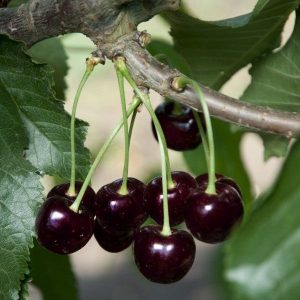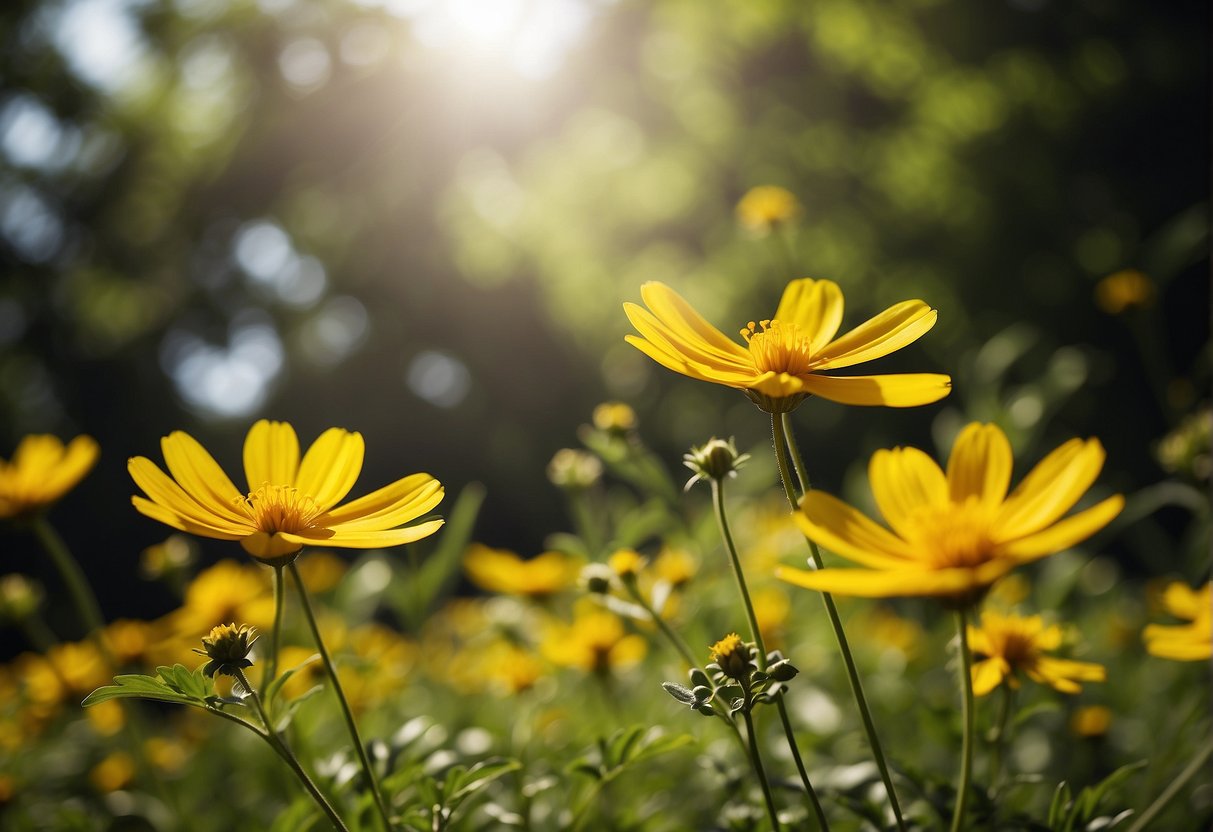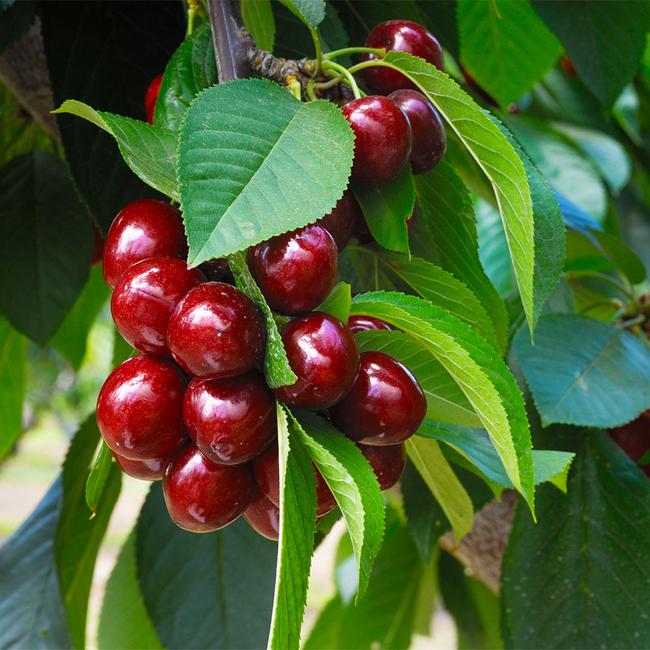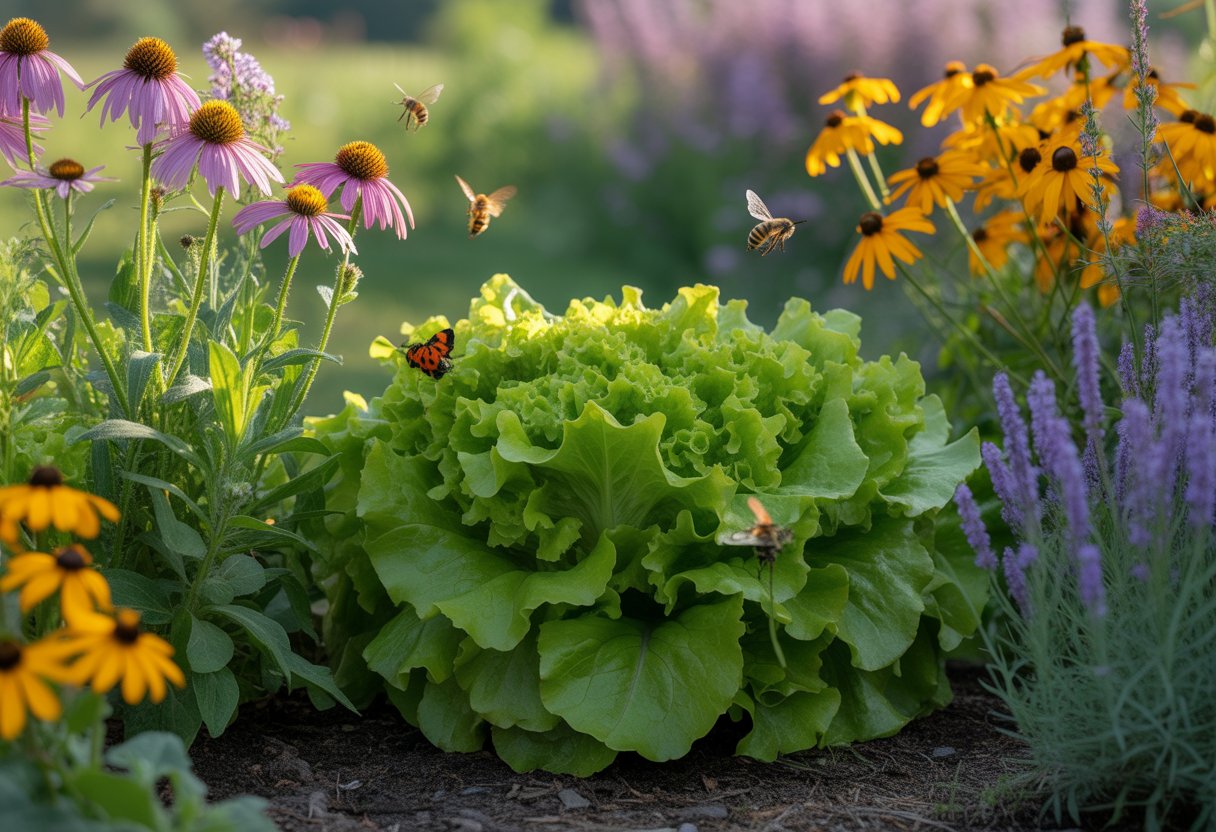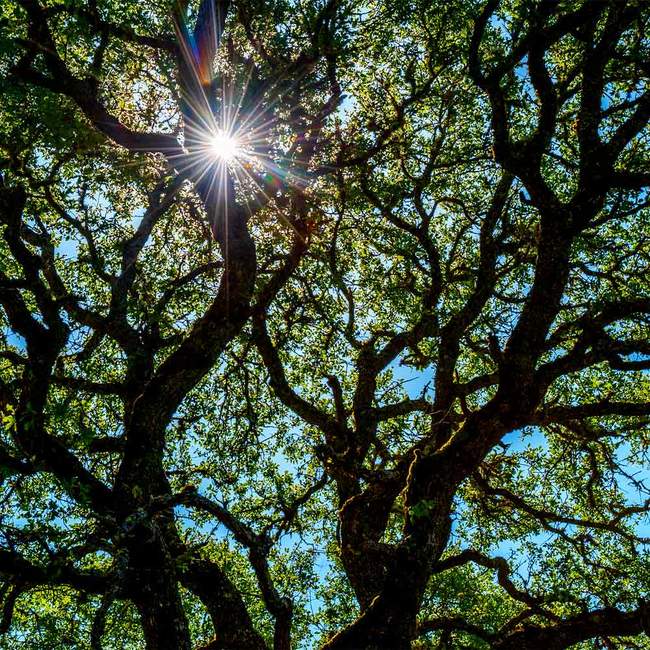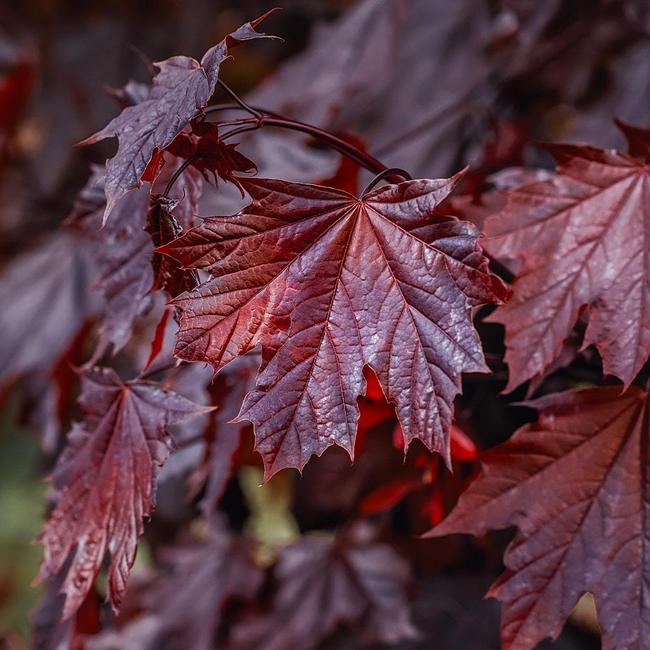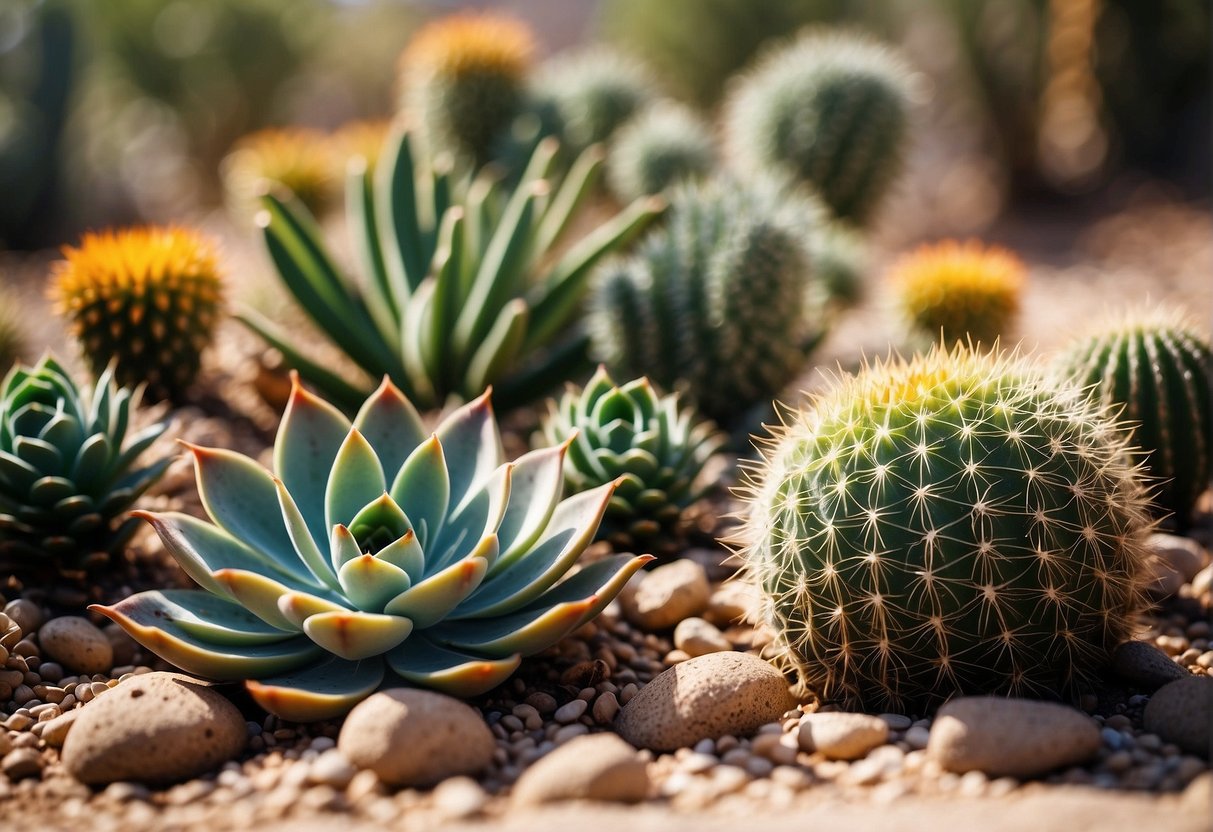Yellow Arizona Wildflowers: A Stunning Display of Springtime Beauty Arizona is known for its stunning natural beauty, and one of the most beautiful sights is
For Oklahoma gardeners, it is vital to plant shrubs and trees which will bear berries quickly, or trees which will provide shade and cool their
Tickseed perennial, also known as Coreopsis, is a popular flowering plant that is commonly found in gardens. With its bright yellow petals and long blooming
Among the many hardy fruits that you can find, cucumbers are one of the best. In a colder climate, some varieties can be grown, and
Multi-tools have become indispensable for gardeners. They offer convenience and versatility in a single compact package. These handy devices combine multiple functions into one tool,
If you’re gardening in Massachusetts and want to help pollinators, it’s worth looking at lettuce varieties that bring in bees and other helpful insects. These
When you are looking to plant shade trees in California, you have a choice of several different species that you should consider. There are so
You have to plant certain varieties in Florida if you want to grow plum trees. University of Florida scientists have cultivated plum tree called “Gulf”
The fact that those mountains are there does not mean that you can’t have a nice sunny day in Colorado. There is actually quite a
Arizona’s unique climate and environment can make it challenging to create a beautiful backyard. However, with the right plants, it is possible to create a


